SUMMARY
This is AI generated summarization, which may have errors. For context, always refer to the full article.
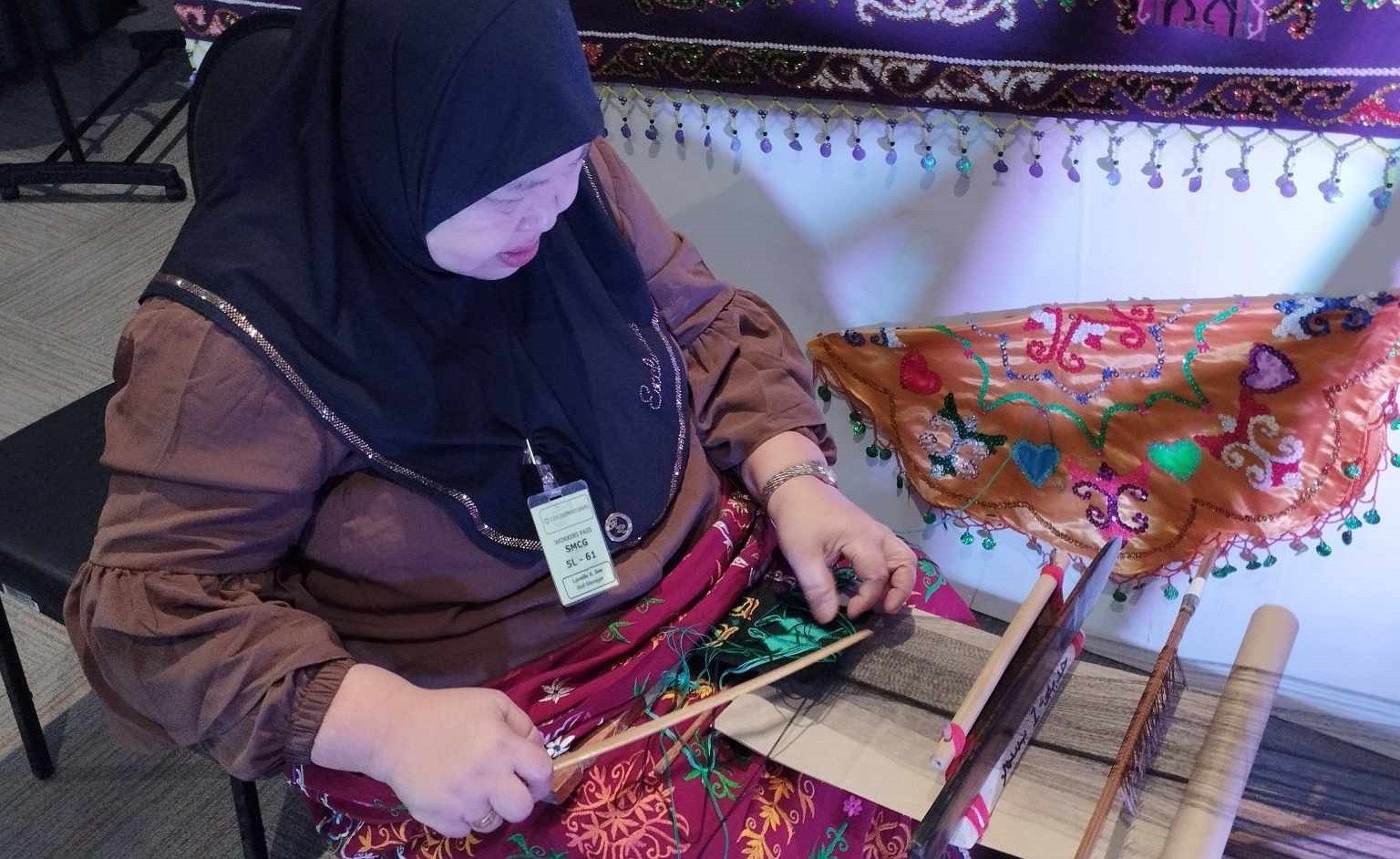
CAGAYAN DE ORO, Philippines – An art exhibit of the Bangsamoro Autonomous Region in Muslim Mindanao (BARMM) in Cagayan de Oro presented okir as the essence and embodiment of the Meranaw culture and identity.
Okir is a pattern or design characterized by intricate geometric and flowing designs often seen in various Meranaw art forms such as architecture, woodcarving, weaving, brass work. It is also commonly used to design mosques, houses, furniture, and traditional Meranaw clothing.
It influenced other Meranaw artforms greatly due to its association with rank and prestige, becoming used in textiles, musical instruments, betel quid containers, sculptures, weaponry, silver inlays, and so on. These designs became the standard for what came to be known as okir.
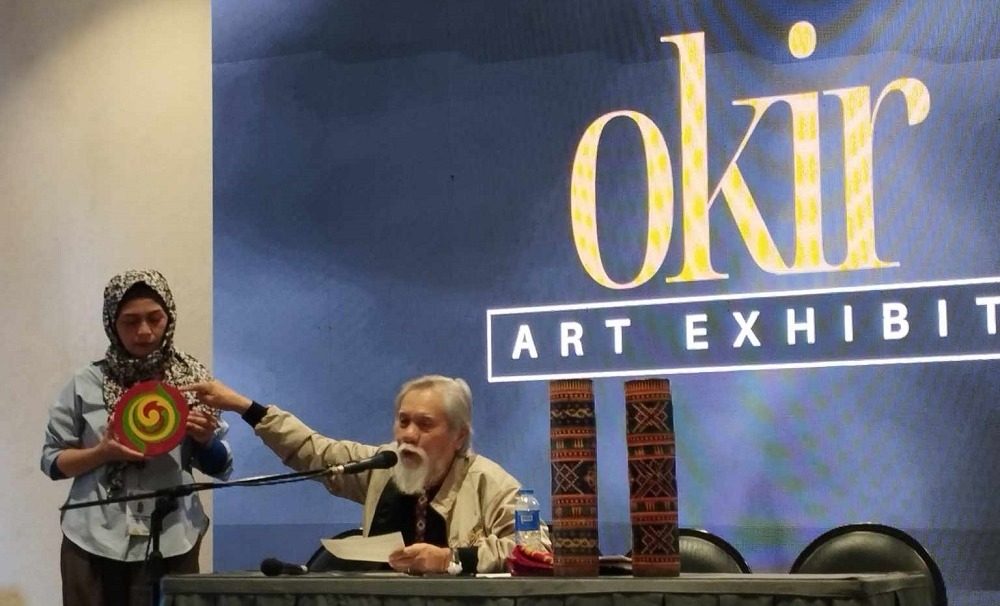
From the Meranaw, this spread to nearby regions through the migrations of the Iranaon people, the descendants of the Meranaw merchant and outcast clans.
Elements of okir have been adopted by the neighboring Maguindanao, Lumad, Yakan, and Tausug peoples of the Mindanao and the Sulu Archipelago; even influencing the carving traditions of the Sama later on. Okir, among the Tausug, is usually limited to the hilts and scabbards of weapons.
The exhibit, held from April 16 to 18 at the Event Hall of SM Cagayan de Oro Downtown, featured three themes: Okir a Bai showcasing langkit creations by Saadira Shiek Basmala, Okir a Datu with woodworks by Lantong Pangcoga, and “The Future: Okir and Visual Arts” displaying paintings and calligraphy by Architect Edris Tamano.
Bangsamoro Commission for Cultural Preservation and Heritage-Lanao del Sur (BCPCH) Commissioner Robert Alonto said BARMM is nominating Tamano for the Orden ng mga Pambansang Alagad ng Sining (Order of National Artists) and Basmala and Pangcoga for the Gawad sa Manlilikha ng Bayan or the National Living Treasures Award (Gamaba).
The Order of National Artists is the highest national recognition given to Filipinos who have made significant contributions to the development of Philippine arts in music, dance, theater, visual arts, literature, film, broadcast arts, and architecture and allied arts. It is jointly administered by the National Commission for Culture and the Arts (NCCA) and the Cultural Center of the Philippines (CCP) and conferred by the President upon recommendation by both institutions.
Similarly, the Gamaba, institutionalized through Republic Act No. 7355, is also administered and implemented by the NCCA. An executive council conducts the search for the finest traditional artists of the land, adopts a program that will ensure the transfer of their skills to others, and undertakes measures to promote a genuine appreciation of and instill pride among people about the genius of the Manlilikha ng Bayan.
Manlilikha ng Bayan refers to a citizen engaged in any traditional art uniquely Filipino whose distinctive skills have reached such a high level of technical and artistic excellence and have been passed on to and widely practiced by the present generation in his/her community with the same degree of technical and artistic competence.
Carving tradition
The okir-carving tradition among the Meranaw is prominent in the town of Tugaya, Lanao del Sur. It is the traditional center of Maranao artisans and is the industrial capital of Lanao del Sur.
The Cagayan de Oro exhibit also featured okir-inspired fashion accessories, clothing, and souvenirs from Aretes Style and LN Collectible Handicraft Producers Cooperative.
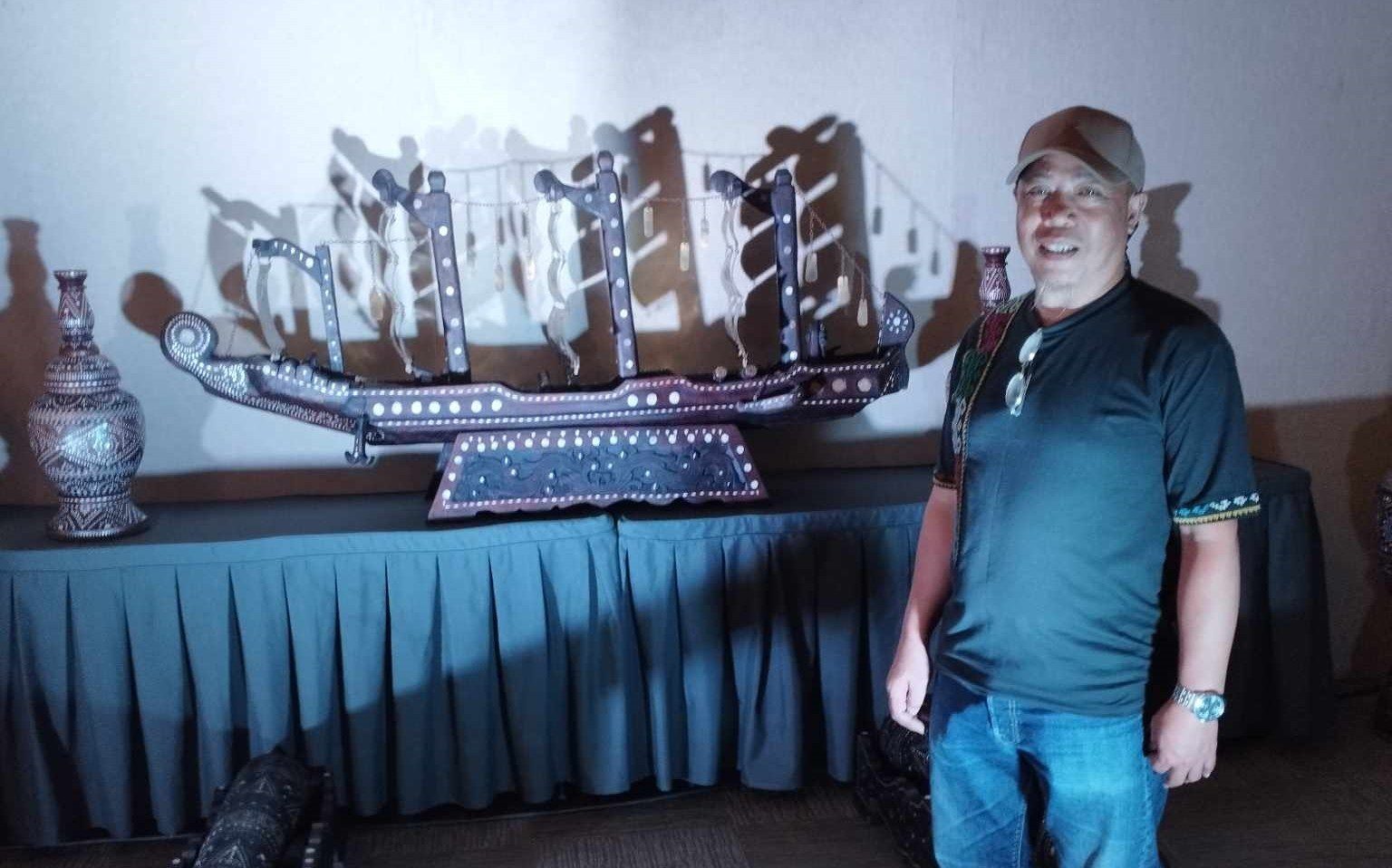
“Okir Art Exhibit falls under component 3 Meranaw Creatives and Urban Forms,” said Ruholla Husseini Javier Alonto, project manager of Tales of Marawi, a program under Task Force Bangon Marawi, and a part of the recovery efforts for Marawi City.
“This is our first major event since we started in November 2023,” Alonto noted. “We are pushing for the economic rehabilitation and revitalization of Marawi City, but also to change the image of Marawi as a conflict affected area, and resuscitate Meranaw Culture and Arts.”
Darangen epic
The exhibit’s second day was highlighted by a lecture on Okir Art by Tamano, followed by excerpts from the Darangen epic performed through a much applauded bayok or traditional poetry reading by Datu Lawan sa Ranaw, a Darangen Master from Ditsaan Ramain, Lanao del Sur.
“Okir elevates the Meranaw people’s culture and traditions because of its meaning and philosophical implications,” Tamano explained. “For example, if one is eloquent in his speech, they regard him as one who makes his speech inokir-okir, or in the likeness of okir. It speaks of the Iranaon’s approach on life, or the Iranaon philosophy.”
The term Iranaon encompasses both the Meranaw of Lanao and the Iranun of Maguindanao, whose ancestors hailed from Ranao. Originally, this group comprised various provinces including Zamboanga, Cotabato, Maguindanao, Lanao del Sur, Lanao del Norte, and Bukidnon. In the Austronesian language, they are collectively referred to as Iranaon from Ranao.
On the third and final day of the exhibit, visitors were treated to a performance of Arkat a Lawanen, a narrative derived from the chapter Su kiyapherawaa ki Arkat a Lawanen or Kapmabaning of the Meranaw Darangen epic. Artistic Director Pepito Sumayan orchestrated the production, featuring traditional dance, music, and storytelling by the acclaimed Mindanao State University’s Sining Kambayoka Ensemble.
Alongside socio-economic development, BARMM Chief Minister Ahod Balawag “Al Haj Murad” Ebrahim’s 12-point priority agenda for 2023-2025 highlights the preservation of Bangsamoro culture, heritage, and diversity.
Alonto said BARMM will remain steadfast in exploring ways to promote the region’s creative industry “handed down as a legacy to us by our Bangsamoro forefathers.”
The Okir Art Exhibit was a joint undertaking of the BARMM Ministry of Trade, Investments, and Tourism (MTIT) through its Tales of Marawi Project, the Bangsamoro Commission for Cultural Preservation and Heritage (BCPCH), and the provincial government of Lanao del Sur. –Rappler.com
Add a comment
How does this make you feel?
![[Time Trowel] Heritage for whom?](https://www.rappler.com/tachyon/2024/05/heritage-for-whom-may-3-2024.jpg?resize=257%2C257&crop_strategy=attention)
![[OPINION] Of pancit, adobo and takoyaki: Colonialism, cuisine, culture](https://www.rappler.com/tachyon/2024/04/IMHO-colonialism-cuisine-culture-April-26-2024.jpg?resize=257%2C257&crop_strategy=attention)
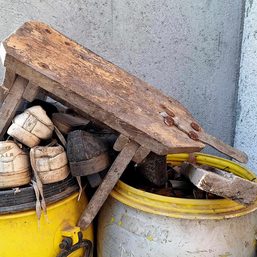
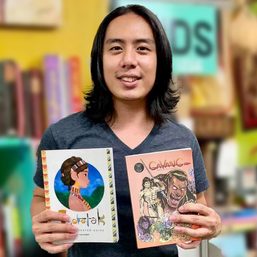
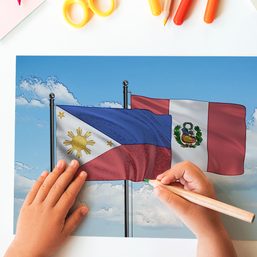
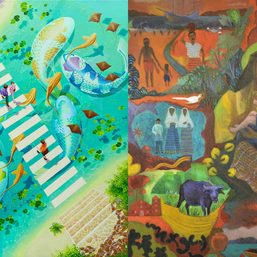
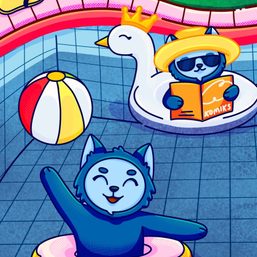

There are no comments yet. Add your comment to start the conversation.